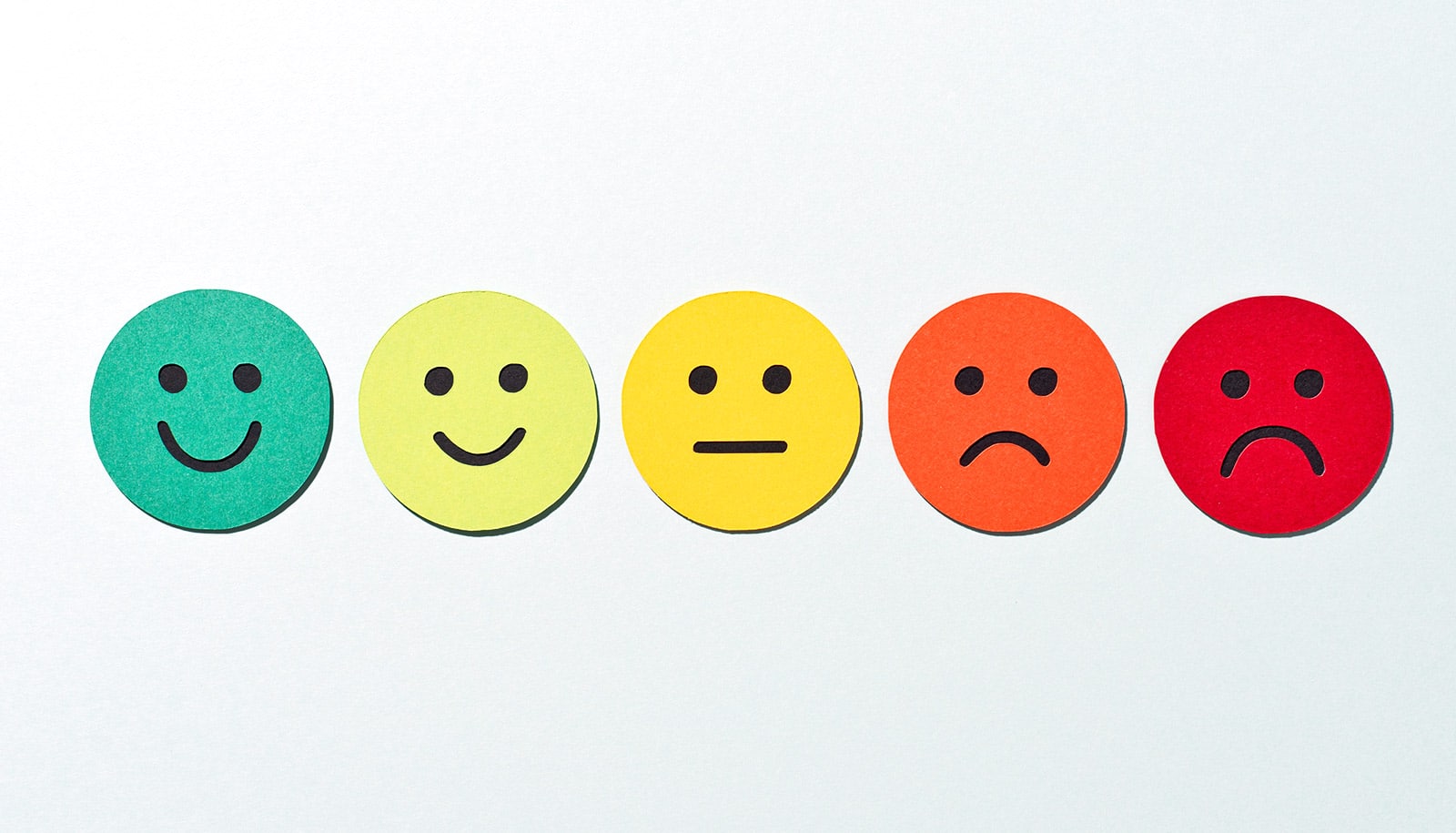The preference of American employers for jobseekers who convey certain emotions may lead to hiring bias, research shows.
Job applicants who want to appear calm and collected might be at a disadvantage, according to a study in the journal Emotion, which finds that American employers are more likely to favor excited over relaxed candidates.
The emotional states people value and want to feel—their ideal affect—can influence their behavior.
“Given how diverse our workforce is and how global our markets are, it’s important to understand how culture might influence emotional preferences in employment settings,” says coauthor Jeanne Tsai, a psychology professor who directs the Culture and Emotion Lab in the psychology department at Stanford University’s School for Humanities and Sciences.
What emotions do jobseekers want to convey?
The emotional states people value and want to feel—what Tsai calls their ideal affect—can influence their behavior. It’s how a person wants others to see them, even if they might not feel that way, like trying to appear at ease at a job interview when you’re really a nervous wreck.
But as Tsai has found in prior research studies, the emotions people value, and in turn display, vary across culture. How might these cultural differences influence candidates and their hiring managers on job interviews?
“One problem with hiring for cultural fit is that employers assume that is the only way to thrive at their organization.”
To find out, the researchers conducted five studies that included a total of 1,041 participants in five different workplace scenarios. In four of the studies, they compared European Americans and Asian Americans living in the United States with Chinese living in Hong Kong.
In one experiment, participants had to imagine they wanted a competitive internship. The researchers then asked them to fill out an application, including a video introducing themselves. At the end of their application, they were asked which emotions they wanted to convey.
The researchers found that what is interpreted as the “best impression” varies from person to person and from culture to culture.
European Americans were more likely to convey excitement and enthusiasm than Hong Kong Chinese, who desired calm and even-tempered states.
In their first study with 236 participants, 86 percent of European Americans and 72 percent of Asian Americans wanted to convey excitement rather than calm. In comparison, only 48 percent of Hong Kong Chinese wanted to show excitement, says coauthor Lucy Zhang Bencharit.
These values were also reflected in their applications. For example, European Americans were more likely than Hong Kong Chinese to show their excitement with phrases like “I’m really enthusiastic about this position” and “I am passionate about the work.”
“How we want to feel and what our culture tells us is the right way to be influences how we present ourselves when we are applying for a job,” says Tsai about their findings.
How do potential employers respond to candidate emotions?
In another experiment, Tsai and Bencharit told participants to imagine they were hiring an intern. They then had to rate qualities the perfect candidate should have. The researchers found that European Americans wanted applicants to show excitement, but Hong Kong Chinese preferred calm. Asian Americans fell in between the two groups.
In another study, the researchers presented employees at a US company with a similar scenario. They saw video applications from three candidates who all had the same level of qualifications. But one candidate was animated and excited, another calm, and a third neutral.
Of the 300 participants, 47 percent favored the excited applicant, whereas only 23.7 percent liked the calm candidate. 29.3 percent chose the neutral one.
Our faces show what we want, not what we feel
“In the US, career counselors and job advisers often tell applicants to be excited and enthusiastic when applying for jobs,” Bencharit says. “It is important to recognize that this message is shaped by our culture, and it may not be right or feel natural for everyone.”
Could cultural preferences of emotion lead to hiring biases?
The researchers think so.
“People think that their gut feelings say something about the other person’s character, but our data suggest that people’s gut feelings also say something about the culture that they themselves come from,” says Tsai.
Bamboo ceiling: a phenomenon that describes how in American corporate culture, Asian Americans often stall in middle management and rarely make it to top leadership positions.
Tsai and Bencharit have concerns about the increasing trend of hiring employees who share the values of the company’s existing workforce. That is, selecting employees based on their “cultural fit.”
“One problem with hiring for cultural fit is that employers assume that is the only way to thrive at their organization,” Bencharit says. “However, in work settings, there are many tasks in which a calm and level-headed employee may out-perform an excited and passionate one.”
The desire for cultural fit could also lead to less diverse workplaces, warn the scholars.
Give up on ‘finding your passion’ and try this instead
“Hiring for cultural fit unfairly disadvantages some groups over others. Those who have less experience with American workplaces, like recent immigrants, may be most disadvantaged in the interview and hiring process,” Bencharit says.
Tsai believes their research might also provide a possible explanation of the “bamboo ceiling,” a phenomenon that describes how in American corporate culture, Asian Americans often stall in middle management and rarely make it to top leadership positions.
“We’ve been interested in why this bamboo ceiling exists, and we think it might be because many Asian Americans value calm states and associate good leadership with those qualities,” she says. “But mainstream American culture associates good leadership with being excited and enthusiastic.”
“If we really want to benefit from diverse workplaces, then we have to broaden our views of what emotional qualities we look for in the ideal applicant,” says Tsai.
The paper’s coauthors also include researchers from the City University of Hong Kong, the Chinese University of Hong Kong, Northwestern University, and the Environmental Defense Fund.
Source: Stanford University



